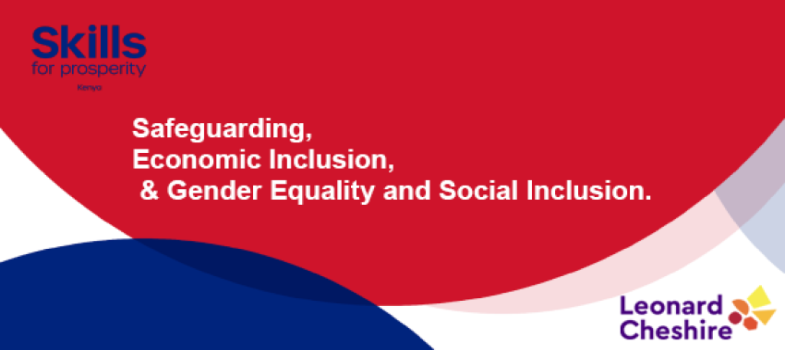3.4.5 Handling Disclosures

Disclosure is the process where a survivor of abuse, or witness lets another person or the institution know that abuse is taking place, has taken place or is likely to take place. The disclosure may be in person, or through the established reporting channels. The table below outlines what to do or what not to do when taking disclosures.
|
Taking a Disclosure |
|
|
What To Do |
What Not to do |
|
Listen to and acknowledge what is being said |
Do not promise confidentiality |
|
Try to be reassuring and remain calm |
Do not show shock, alarm, disbelief, or disapproval. |
|
Explain clearly what you will do and what will happen next |
Do not minimise what is being said |
|
Take action – don’t ignore the situation. All claims must be taken seriously. Reflect on key phrases being said to check common understanding. Record a factual report of what is being said, sign and date it. |
Do not ask probing or leading questions, or push for more information Do not investigate |
|
Tell them that:
|
Do not offer false reassurance |
|
Be open and honest |
Do not contact the alleged abuser. |
|
Give contact details for them to report any further details or ask any questions that may arise. |
Do not investigate the incident any further |

| Previous | Next |






